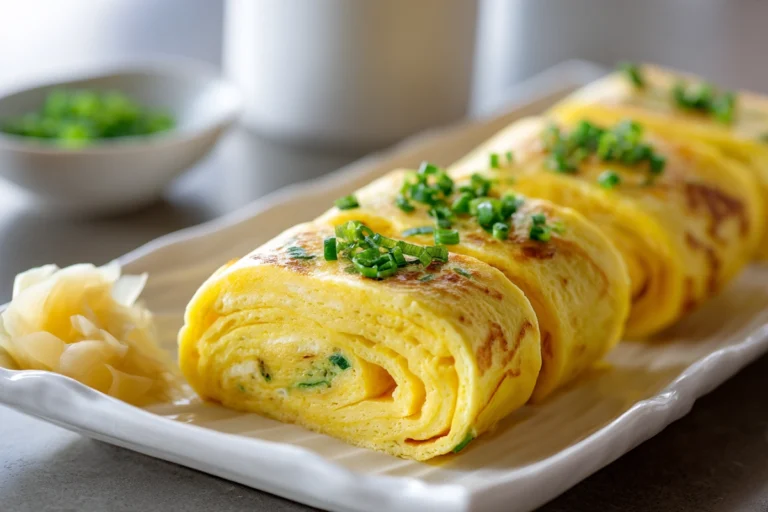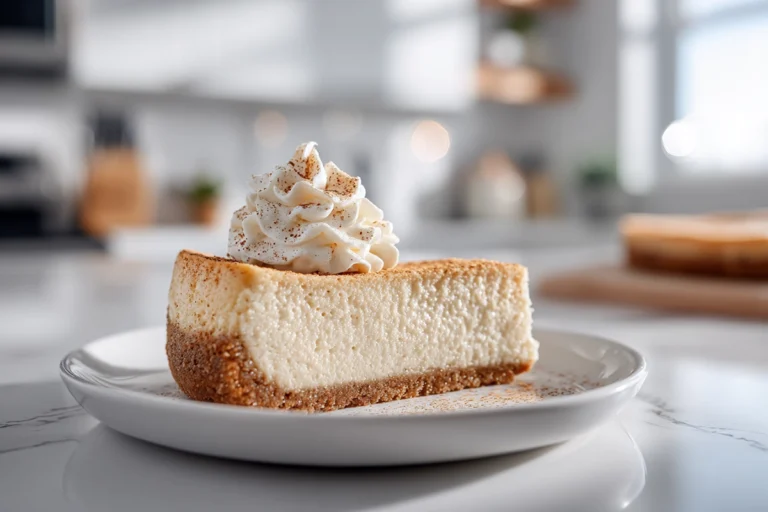Japanese Egg Sandwich (Tamago Sando): A Fluffy, Creamy Classic You’ll Want to Make Again
Some recipes sneak up on you and end up becoming comfort staples you never expected. The first time I had a Japanese egg sandwich, I was sitting in a small café in New York that specialized in Japanese-style baked goods. What seemed like a simple egg salad sandwich turned into something else entirely—soft as a pillow, creamy but not heavy, and somehow more satisfying than the American version I grew up with. It felt like eating nostalgia wrapped in milk bread. If you’ve been curious about this popular Japanese convenience store favorite, you’ll see why it’s capturing hearts across the U.S.
What Is a Japanese Egg Sandwich (Tamago Sando)?
At its core, the Japanese egg sandwich—known as tamago sando—is a streamlined take on the classic egg salad sandwich. You won’t find crunchy celery or pickles here. Instead, it relies on a velvety egg mixture paired with pillowy shokupan, which is Japanese milk bread. The bread is crustless, slightly sweet, and incredibly soft, creating a melt-in-your-mouth bite that feels closer to cake than sandwich bread.
In Japan, you’ll spot these sandwiches in every convenience store, neatly wrapped and stacked in rows. They’re portable, affordable, and incredibly fresh, which is part of their charm. In the U.S., they’ve gained popularity in trendy cafés and bakeries, but with the right ingredients, you can recreate that same experience in your own kitchen.
Ingredients & What Makes It Unique
Eggs and Texture
The foundation is perfectly boiled eggs—firm enough to mash, but not chalky. Some cooks even leave small chunks of egg white for a bit of texture while blending yolks into a silky base.
Japanese Mayonnaise
What sets this apart is the mayonnaise. Kewpie, Japan’s signature mayo, has a deeper flavor thanks to egg yolks and a hint of umami. It gives the filling richness without feeling oily. If you only have American mayo, you can still make the sandwich, but the flavor profile won’t be quite the same.
Shokupan Bread
The bread is almost as important as the filling. Shokupan’s slightly sweet flavor and soft crumb make the sandwich feel like you’re eating clouds. If you can’t find shokupan, choose the softest white sandwich bread you can. Trim the crusts to get that authentic look and texture.
Ingredient List
- 6 large eggs
- ¼ cup Japanese mayonnaise (or substitute with a creamy mayo)
- 1 tablespoon milk or cream
- ½ teaspoon sugar
- ¼ teaspoon salt
- ¼ teaspoon black pepper
- 8 slices shokupan or soft white bread
- 1 tablespoon unsalted butter, softened
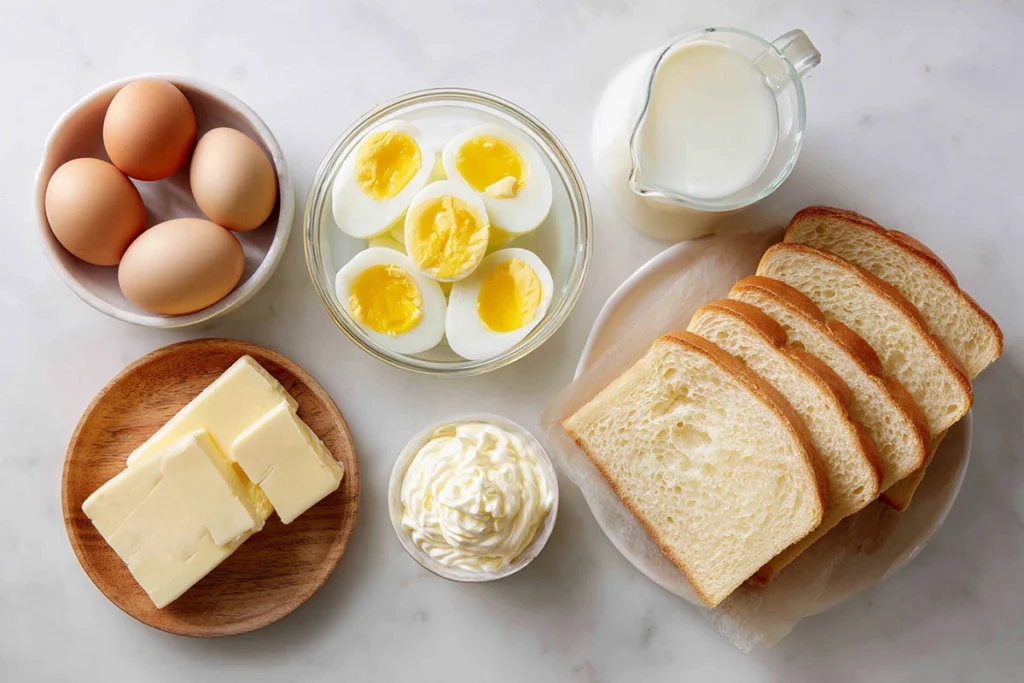
Step-by-Step Recipe & Technique
Cooking the Eggs
Bring a pot of water to a gentle boil, lower in the eggs, and cook for about 10 minutes. Once done, plunge them into ice water for easy peeling. The ice bath helps avoid rubbery whites.
Preparing the Filling
Mash the yolks with mayonnaise, milk, sugar, salt, and pepper until smooth. Chop the whites into small pieces and fold them in for balance. The trick is achieving creaminess without turning it into a paste.
Assembling the Sandwich
Spread a thin layer of butter on each slice of bread. This helps keep the bread from going soggy. Spoon the egg mixture evenly over four slices, then top with the remaining slices. Press gently to seal, trim the crusts, and slice diagonally for that classic café look.
Tips, Troubleshooting & Pro Secrets
- Chill the filling for 15 minutes before assembling if you want sharper cuts.
- If your mixture feels too thick, add a splash of milk. If too thin, mash in another yolk.
- Don’t skip the butter layer—it really does protect the bread.
- Use a sharp knife dipped in hot water for picture-perfect slices.

Dietary Variations & Substitutions
Vegan
Replace the eggs with mashed tofu or a plant-based egg substitute. Vegan mayo works well, especially if you add a pinch of turmeric for color.
Gluten-Free
Opt for gluten-free white sandwich bread. Look for one with a soft crumb that mimics shokupan’s pillowy feel.
Low-Calorie
Cut back on the mayonnaise and replace half with Greek yogurt. You’ll still get creaminess with fewer calories.
Halal & Kosher
Most of the ingredients are naturally compliant, but double-check the mayonnaise and bread labels to ensure they meet dietary standards.
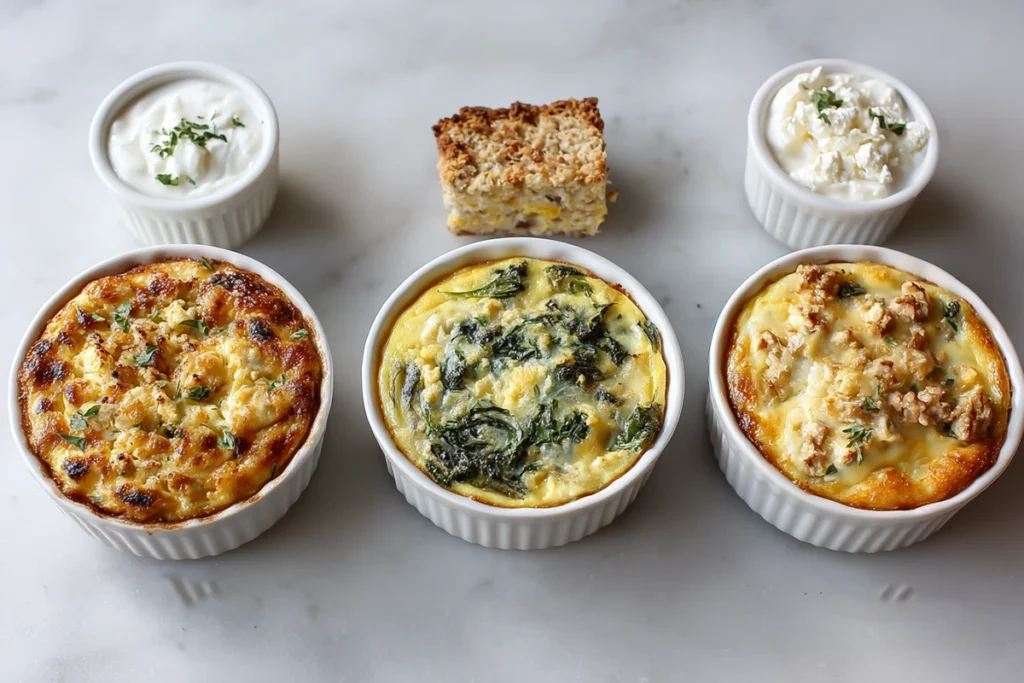
Variations & Serving Ideas
While the classic version is simple, you can put your own spin on it:
- Add finely chopped chives or parsley for a fresh twist.
- Sprinkle in a touch of curry powder for a bolder flavor.
- Layer thin cucumber slices for extra crunch without overpowering the filling.
- Serve it with iced green tea or a light side salad to make it a meal.
Storage, Shelf Life & Transport Tips
You can make the filling a day ahead and keep it in an airtight container in the refrigerator. Assembled sandwiches are best enjoyed the same day because the bread tends to lose its softness over time. If you’re packing them for lunch, wrap each sandwich tightly in plastic wrap and keep chilled until ready to eat. Freezing isn’t ideal, as the mayo-based filling doesn’t thaw well.
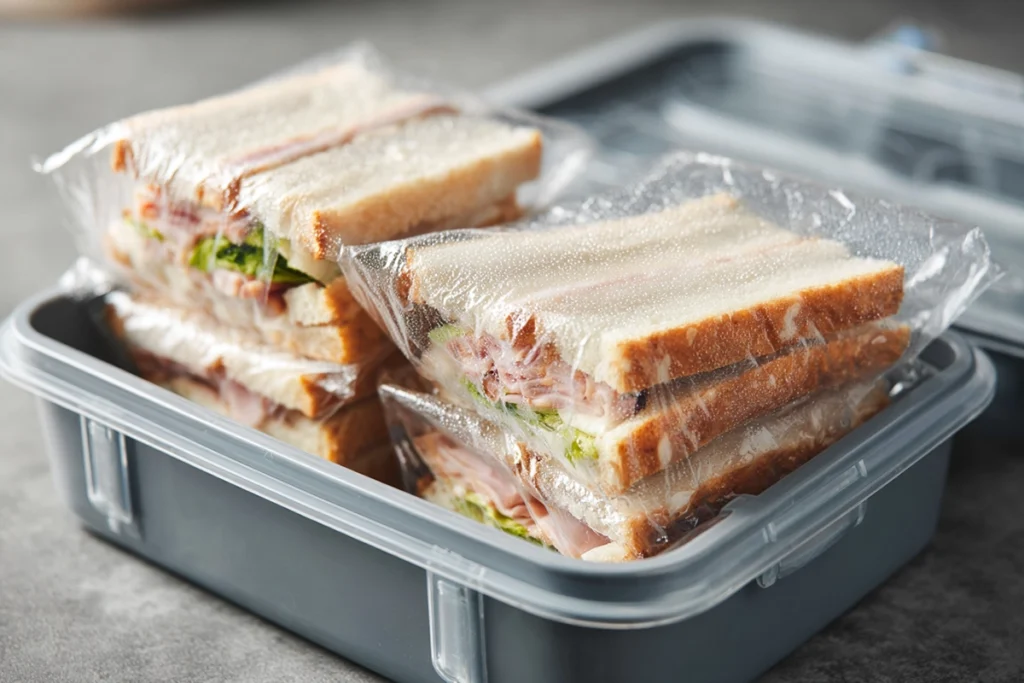
There’s something magical about biting into a Japanese egg sandwich. The balance of flavors and textures is unlike anything you’ll get from an American-style egg salad. With just a few ingredients and a little care, you can bring this Japanese café favorite right into your kitchen. Whether you enjoy it as a quick lunch, a tea-time snack, or even a midnight bite, it’s one of those recipes you’ll find yourself making again and again.
FAQ
What is the difference between a Japanese egg sandwich and an American egg salad sandwich?
A Japanese egg sandwich uses shokupan bread and Kewpie mayo for a softer, creamier bite, while American versions often include crunchy add-ins like celery or pickles.
Can I use regular mayonnaise instead of Kewpie?
Yes, you can. Regular mayo works fine, but Kewpie adds a richer, slightly sweet flavor that makes the filling taste closer to what you’d find in Japan.
How do I keep the bread from getting soggy?
Spread a thin layer of butter on the bread before adding the egg mixture. It acts as a barrier and keeps the sandwich fresh longer.
Can I make the filling ahead of time?
Absolutely. You can prepare the filling a day in advance and store it in the fridge. For the best texture, assemble the Japanese egg sandwich just before serving.
Is a Japanese egg sandwich healthy?
It can be. The recipe is naturally high in protein, and you can lighten it up by using Greek yogurt, low-fat mayo, or gluten-free bread to fit your diet.
Print
Japanese Egg Sandwich
- Total Time: 25 minutes
- Yield: 4 servings 1x
Description
A fluffy and creamy Japanese egg sandwich (tamago sando) made with soft shokupan bread, velvety egg filling, and a touch of Japanese mayo for authentic flavor.
Ingredients
6 large eggs
¼ cup Japanese mayonnaise (or creamy mayo)
1 tablespoon milk or cream
½ teaspoon sugar
¼ teaspoon salt
¼ teaspoon black pepper
8 slices shokupan or soft white bread
1 tablespoon unsalted butter, softened
Instructions
Bring a pot of water to a gentle boil, add eggs, and cook for 10 minutes. Transfer to ice water, then peel.
Mash yolks with mayonnaise, milk, sugar, salt, and pepper until smooth. Chop egg whites and fold into the mixture.
Spread butter on each bread slice. Spoon egg mixture onto four slices, then top with the other slices.
Press sandwiches gently, trim crusts, and slice diagonally. Serve immediately.
Notes
Use Kewpie mayo for authentic Japanese flavor.
Buttering the bread prevents sogginess.
Chill the filling before assembling for cleaner cuts.
se a sharp knife dipped in hot water for neat slices.
- Prep Time: 15 minutes
- Cook Time: 10 minutes
- Category: Sandwich
- Method: Boiling, Mixing, Assembling
- Cuisine: Japanese
Nutrition
- Serving Size: 1 sandwich
- Calories: ~320 kcal
- Sugar: ~4 g
- Sodium: ~480 mg
- Fat: ~18 g
- Saturated Fat: ~5 g
- Unsaturated Fat: ~11 g
- Trans Fat: 0 g
- Carbohydrates: ~28 g
- Fiber: ~1 g
- Protein: ~13 g
- Cholesterol: ~220 mg
What Are Our Readers Saying?
There are no reviews yet. Be the first one to write one.



